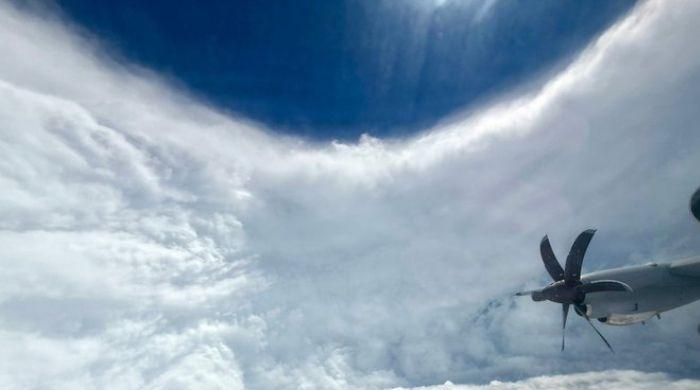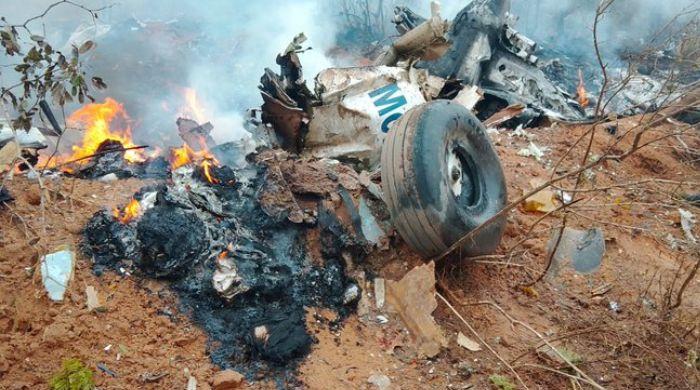How NASA's X-59 could make supersonic travel practical again
NASA’s X-59 quiet supersonic aircraft soars on historic maiden flight over California
October 29, 2025
National Aeronautics and Space Administration (NASA) made history with the completion of the maiden flight of X-59 quiet supersonic aircraft.
This marks a crucial step towards revolutionizing commercial air travel by breaking the sound barrier without the supersonic boom.
Lockheed Martin’s Skunk Works built the aircraft. The jet took off from Palmadale, California, under clear morning skies.
After a steep climb, the sleek aircraft banked north towards Edwards Air Force Base, where it landed safely about an hour later.
NASA’s expert pilot Nils Larson flew the jet to verify the aircraft’s basic handling and systems integrity.
In an official statement, Lockheed Martin spokesperson Candis Roussel stated, “This is a significant aviation milestone.”
The successful first flight of X-59 quiet supersonic jet is not only a technological advancement but it is the key to a new era of commercial air travel, finally addressing the problem that grounded the Concorde over two decades ago: the sonic boom.
For ages, the idea of supersonic passenger travel became a thing of the past.
Although that airplane demonstrated that it was possible to fly faster than sound, its activities had a serious restriction.
Laws also prohibited the fact that it could violate the sound barrier over the land since its thunderous sonic booms were very problematic and not acceptable to the public living below.
This limited the supersonic flights mainly to over-water flights across the Atlantic rendering the business model unsustainable.
However, this notion is negated with X-59, with U.S. transportation security Sean Duffy stating, “this work sustains America’s plane as the leader in aviation and has the potential to change the way the public flies.”
The aircraft comes with a price tag of over $518 million and is designed to ultimately cruise at Mach 1.4 (925 mph) at 55,000 ft.
The data collected from its flights will be presented to regulators with the goal of establishing new sound-based rules to permit commercial supersonic flight over populated areas.











